In a speech, RBA Governor Philip Lowe said, “n the economy, our central message is that the Delta outbreak has delayed – but not derailed – the recovery of the Australian economy”. While the outbreak is a “significant setback”, there is a “clear path out of the current difficulties”.
Lowe provided some explanations to the decision to taper weekly asset purchases to AUD 4B, but extend the program till February next year. Firstly, give the delay in recovery, “we considered it appropriate that we delay any consideration of a further taper in our bond purchases until next year.” Continuing the with purchases will also “provide some additional insurance against downside scenarios.”
Secondly, fiscal policy is considered the “more effective policy instrument in responding to the Delta outbreak.” Public balance sheet can be used to “offset the hit to private incomes during the lockdown”. But monetary policy “works mainly on the demand side and the effects on income are felt with a lag”.
Thirdly, “by continuing to purchase government bonds at the rate of $4 billion a week we will be adding to the support provided to the economy during the recovery phase.”
Lowe also reiterated that the condition for lifting interest rate will “not be met before 2024”. A “tighter labor market” is needed to meet the condition, with wages growing by “at least 3 per cent”, comparing to the 1.7% yoy rate in Q2.
Full speech here.




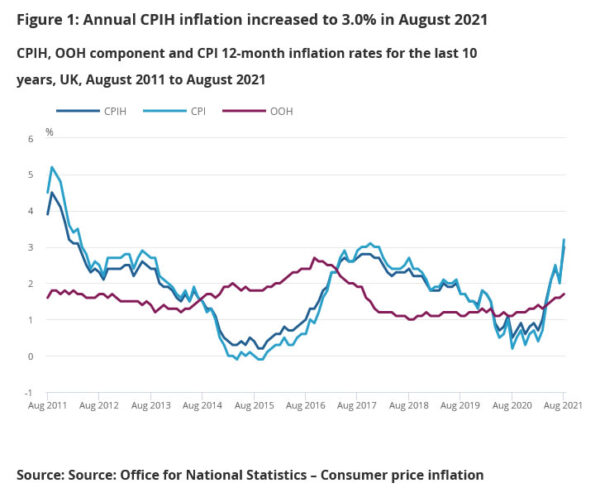
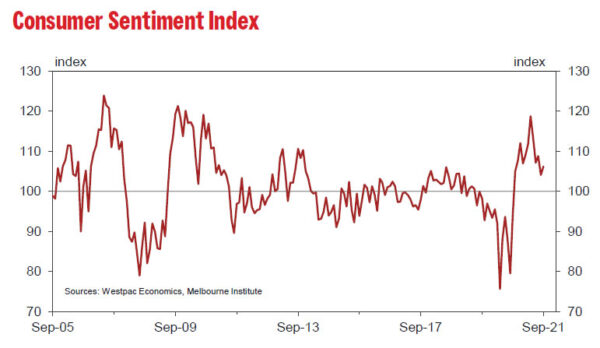
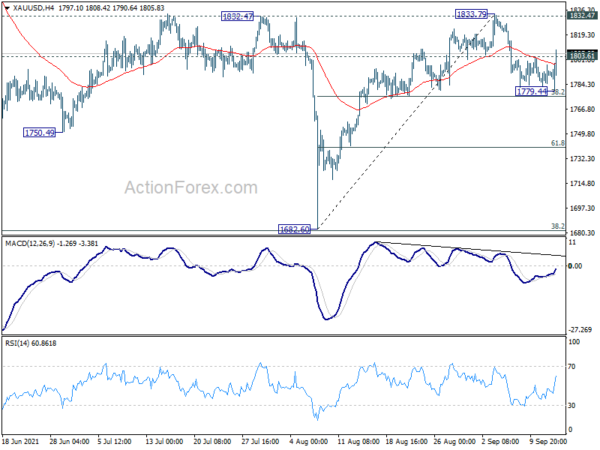
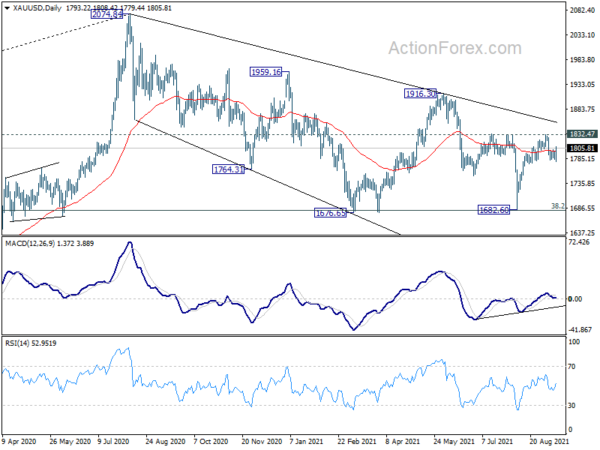
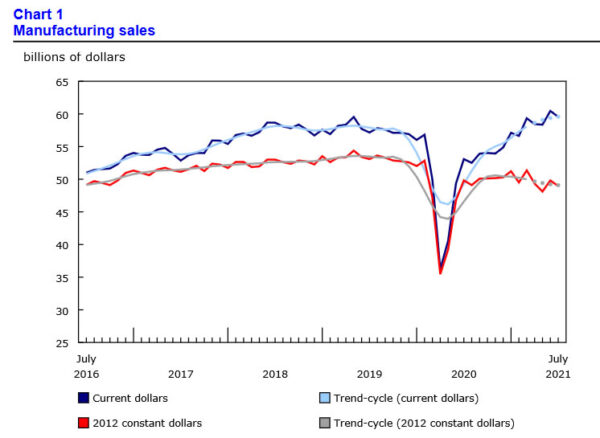
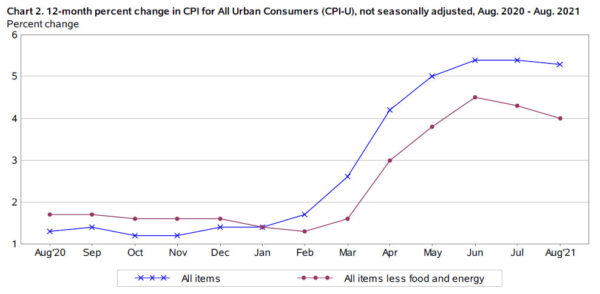
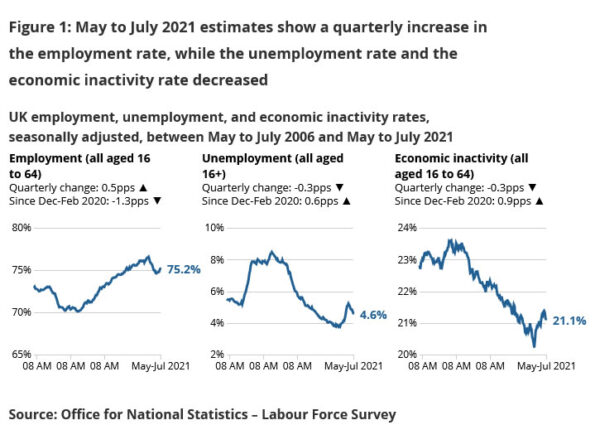
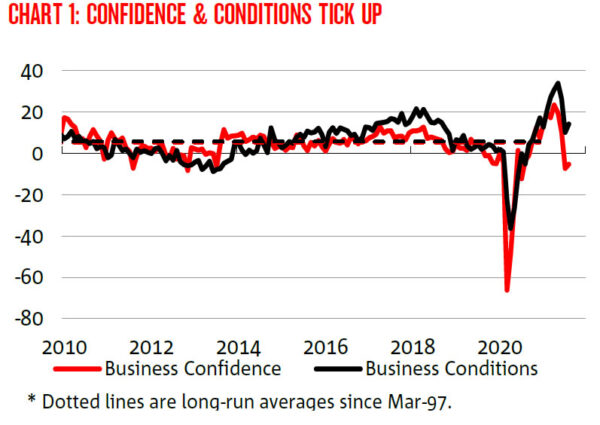
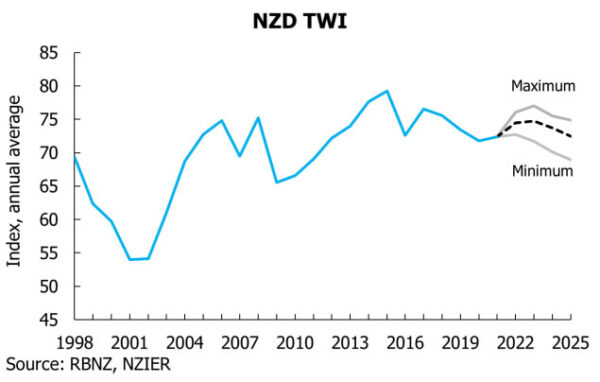


Eurozone industrial production rose 1.5% mom in Jul, EU up 1.4% mom
Eurozone industrial production rose 1.5% mom in July, above expectation of 0.5% mom. For the month, production of non-durable consumer goods rose by 3.5%, capital goods by 2.7%, durable consumer goods by 0.6% and intermediate goods by 0.4%, while production of energy fell by 0.6%.
EU industrial production rose 1.4% mom. Among Member States for which data are available, the highest monthly increases were registered in Ireland (+7.8%), Belgium (+5.0%) and Portugal (+3.5%). The largest decreases were observed in Lithuania (-2.0%), Slovenia (-1.8%) and Croatia (-1.6%).
Full release here.